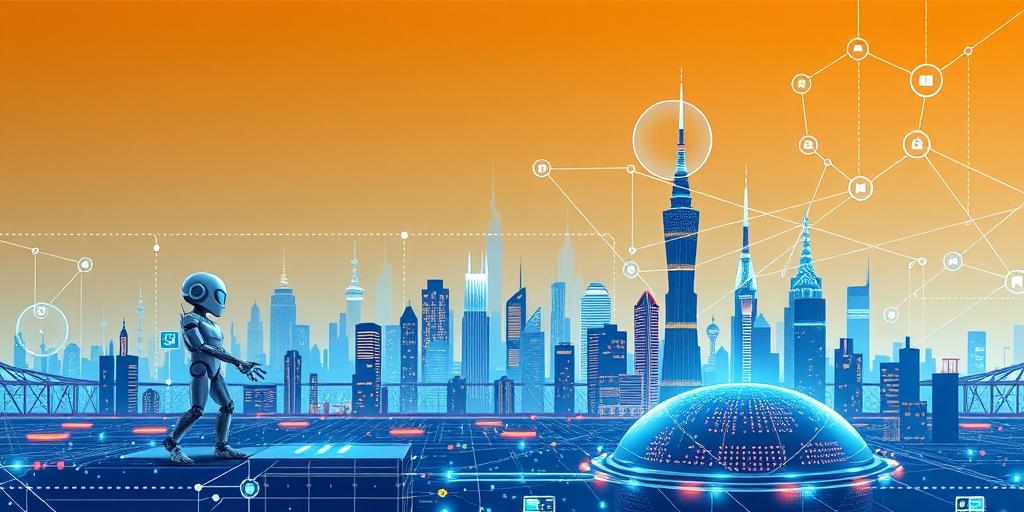The Rise of the Machines (and What It Means for You)
Okay, maybe "rise of the machines" is a little dramatic. But let's be real: automation is everywhere, and it's not slowing down. From self-checkout lanes at the grocery store to AI-powered customer service chatbots, automation is rapidly changing the way we live and work. So, what does this mean for the future? Buckle up, because we're diving in.
What Exactly is Automation, Anyway?
Before we get too far ahead of ourselves, let's define what we're talking about. Automation is basically using technology to perform tasks that used to be done by humans. This can range from simple, repetitive tasks like data entry to more complex processes like managing supply chains or even writing code. The goal? To increase efficiency, reduce costs, and improve accuracy.
Automation Trends Shaping Our World:
- AI-Powered Everything: Artificial intelligence (AI) is the brains behind many automation systems. Think machine learning algorithms that can analyze data, make decisions, and even learn from their mistakes. It's like giving your computer a superpower. This is being integrated into almost every software we use.
- Robotic Process Automation (RPA): RPA is all about automating those tedious, repetitive tasks that no one wants to do. Think processing invoices, generating reports, or updating customer records. Free up your time for the fun stuff!
- The Internet of Things (IoT): IoT devices are connected to the internet, allowing them to collect and share data. This data can then be used to automate processes and improve efficiency. For example, smart sensors in a factory can monitor equipment performance and automatically schedule maintenance when needed.
- Cloud Computing: Cloud computing provides the infrastructure and platform for automation systems to run. It's like having a giant computer in the sky that you can access from anywhere. And it's scalable, so you can easily add more resources as needed.
The Good, The Bad, and The Automated:
Automation offers a ton of potential benefits:
- Increased Efficiency: Machines can work faster and more accurately than humans, leading to increased efficiency and productivity.
- Reduced Costs: By automating tasks, businesses can reduce labor costs and improve their bottom line.
- Improved Accuracy: Machines don't make mistakes (usually). This leads to improved accuracy and reduced errors.
- 24/7 Operation: Machines don't need to sleep. This means that businesses can operate around the clock, providing better service to their customers.
But there are also some potential drawbacks:
- Job Displacement: This is probably the biggest concern. As machines take over more tasks, there's a risk that people will lose their jobs. It's important to prepare for this by investing in education and training programs that will help people adapt to the changing job market.
- Security Risks: Automation systems can be vulnerable to cyberattacks. It's important to implement strong security measures to protect these systems from hackers.
- Lack of Human Touch: Some tasks require a human touch. For example, customer service interactions often require empathy and understanding. It's important to find the right balance between automation and human interaction.
So, What Does the Future Hold?
Automation is here to stay, and it's only going to become more prevalent in the years to come. The key is to embrace it and prepare for the changes it will bring. This means investing in education and training, developing new skills, and being open to new opportunities.
Who knows, maybe one day we'll all be working alongside robots. But hopefully, we'll still be able to enjoy a good cup of coffee and a conversation with a human friend.









